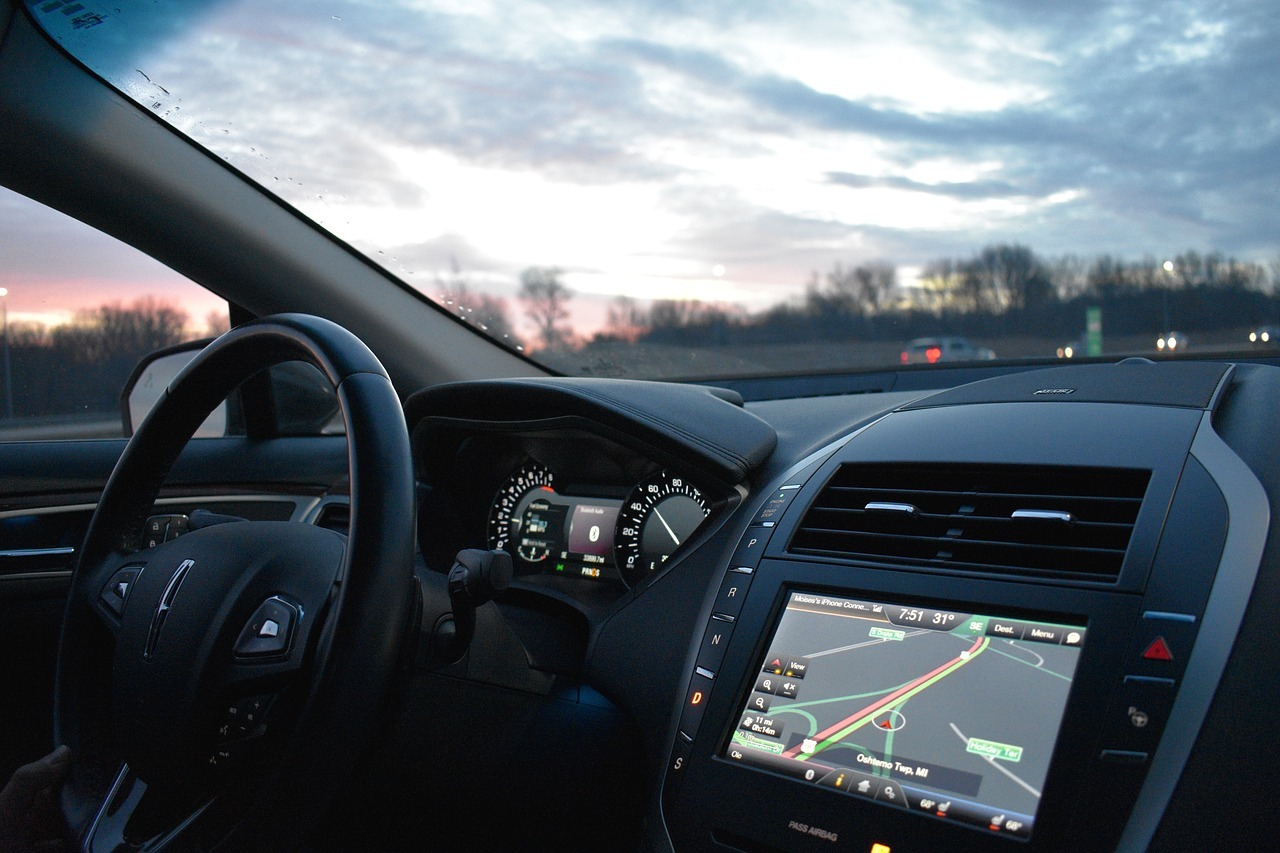The automotive industry has rapidly expanded beyond mere machinery in today’s advanced technological landscape. With the advent of smart vehicles, the seamless integration of software with hardware has become paramount. Such sophisticated systems require rigorous and meticulous testing, emphasizing the need for effective automotive software testing.

The Need for Automotive Software Testing
The evolution of vehicles into connected devices highlights the increasing dependency on software systems. These software components ensure safety, enhance user experience, and offer additional features like navigation, connectivity, and entertainment. Ensuring their impeccable performance is not a luxury but a necessity. This is where automotive software testing comes into play.
Faults or bugs in vehicle software can lead to serious repercussions ranging from minor glitches to severe safety concerns. Hence, adopting a systematic approach to test these software components becomes indispensable.
The automotive software environment is incredibly complex, requiring a rigorous and structured approach to ensure quality and safety. The integrity of the software components not only defines the vehicle’s performance but also plays a pivotal role in passenger safety and overall user experience. There are specific requirements in automotive software testing that developers must meet to guarantee this:
1. Comprehensive Test Coverage
- Depth and Breadth: A vehicle’s software interfaces with numerous components and subsystems. Testers must delve deep into individual functionalities and span across all interconnected systems to ensure there are no gaps in testing.
- Variety of Scenarios: From common user behaviors to edge cases, testers should prepare for a diverse range of situations a driver might encounter.
2. Real-time Testing
- Simulate Real-world Conditions: Testing should mirror real-world conditions. This means accounting for different driving conditions, weather scenarios, and real-time traffic situations to ensure the software can cope and respond correctly.
- Stress and Load Testing: The software must handle multiple operations simultaneously, especially during peak times, such as fast accelerations or sudden stops.
3. End-to-End Testing
- Interconnected Systems: With vehicles becoming increasingly connected, end-to-end testing ensures that all integrated components, from sensors to infotainment systems, work harmoniously.
- Data Flow Verification: Ensuring seamless data transfer and processing between components can prevent critical failures and delays in system response.
4. User Experience Testing
- Intuitive Interactions: It’s vital to ensure the driver and passengers find the software interfaces user-friendly. Systems should be intuitive to navigate, minimizing distractions for the driver.
- Feedback and Responsiveness: Drivers rely heavily on feedback from their vehicle, be it auditory, visual, or haptic. The test user experience process must ascertain that these feedback systems are immediate and accurate.
5. Compliance and Standards Adherence
- Regulatory Adherence: Every region has specific regulations concerning automotive safety and software. Testing must ensure the software’s alignment with these regulations.
- Industry Standards: Abiding by automotive industry standards ensures that the software meets global benchmarks for performance and safety.
6. Scalability and Evolution Testing
- Futureproofing: As technology evolves, so does automotive software. Testingshould ensure the software can handle upgrades and integrate newer technologies without compromise.
- Interoperability: Computer compatibility and interoperability are crucial as cars integrate more with IoT devices and smart city infrastructures.
By emphasizing these requirements, automotive software testing can meet the high standards expected in the industry, ensuring both top-notch performance and the safety of the vehicle’s occupants.
Best Practices for Effective Automotive Software Testing
Integrating software into modern vehicles has evolved the transportation industry, paving the way for more responsive, intelligent, and connected vehicles. However, the increase in software components simultaneously introduces complexities. Effective automotive software testing practices are imperative to manage these complexities and ensure that vehicles deliver on their safety, efficiency, and convenience promises.

1. Embrace Test Automation
While manual testing offers valuable insights, automated tests excel in repeatability and scale. They can simulate numerous scenarios rapidly, making them invaluable for regression testing and ensuring that previously developed and tested software remains bug-free after changes.
2. Prioritize Safety-Critical Tests
Since vehicles are directly related to user safety, testing practices should prioritize safety-critical functions. Features such as autonomous driving, lane assistance, and emergency braking should undergo rigorous testing under diverse scenarios.
3. Incorporate Real-world Scenario Testing
Simulating real-world scenarios, like network disconnections or low battery situations, provides insights into the system’s resilience and ability to cope with unexpected challenges.
4. Engage in End-to-End Testing
Beyond module or component testing, end-to-end testing ensures that the entire software ecosystem in the vehicle – from input devices to display units, communicates seamlessly.
5. Prioritize User Experience
A car’s infotainment system, navigation, and other user interfaces should be intuitive and responsive. Testers should validate that software interfaces meet user expectations and industry standards using test user experience practices.
6. Foster Collaboration
Collaboration between testers, developers, and end-users can offer diverse perspectives, leading to a more holistic testing approach. Feedback loops should be short and effective to ensure rapid issue identification and resolution.
7. Utilize Real Devices and Simulators
While simulators offer controlled environments for testing, real devices provide insights into real-world performance. A balanced approach, leveraging both, can offer a comprehensive view of software performance.
8. Continuous Integration and Continuous Deployment (CI/CD)
In an era of rapid software updates, CI/CD practices ensure that any changes or additions to the codebase are immediately tested, validated, and ready for deployment, ensuring consistent system reliability.
9. Stay Abreast with Evolving Standards
The automotive software industry, being safety-critical, is heavily standardized. Regularly updating testing practices to align with evolving standards ensures compliance and safety.
10. Leverage Data Analytics
Modern vehicles generate vast amounts of data. Utilizing data analytics can provide insights into system performance, potential bottlenecks, and areas of improvement.
By integrating these enhanced best practices into their automotive software testing strategies, companies can ensure they produce vehicles that are not only technologically advanced but also reliable, safe, and efficient. With the line between software and automotive industries blurring, these practices will be crucial in defining the next generation of transportation.
How HeadSpin Aids in Automotive Software Testing
HeadSpin provides a comprehensive suite of solutions tailored to diverse testing needs. Whether it’s Android or mobile app testing, their platform is designed to ensure flawless performance across devices and networks, making it a formidable tool for automotive software testers.
By leveraging HeadSpin’s solutions, testers can gain a competitive edge, ensuring rigorous, comprehensive, and efficient testing processes that align with the industry’s best standards.
Conclusion
As the automotive industry advances, the role of software becomes increasingly paramount. Ensuring these software components are tested thoroughly, with precision and attention to detail, is essential for safety, user experience, and overall vehicle performance. Embracing best practices and leveraging state-of-the-art tools and platforms, like those offered by HeadSpin, can elevate the quality of automotive software testing.